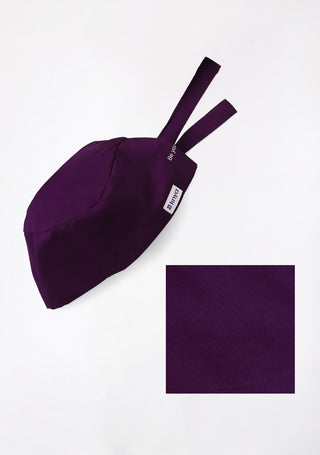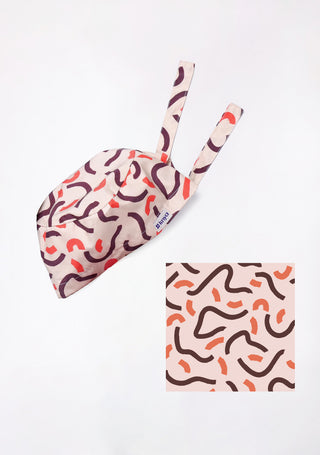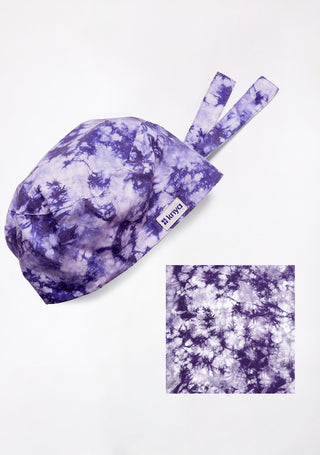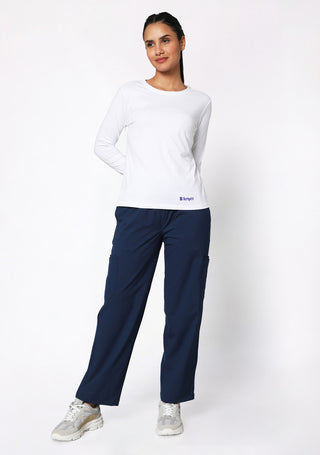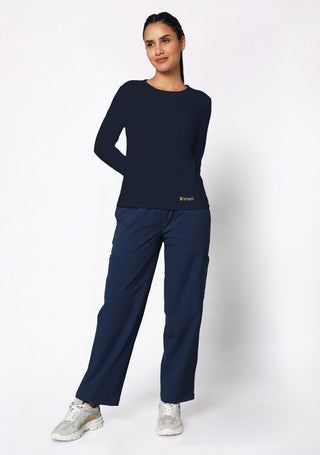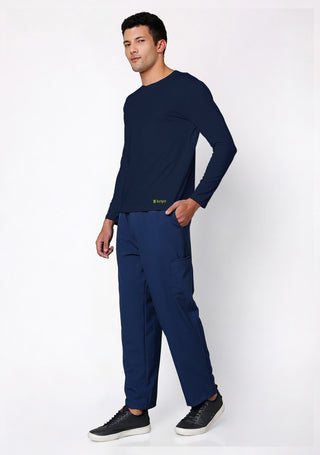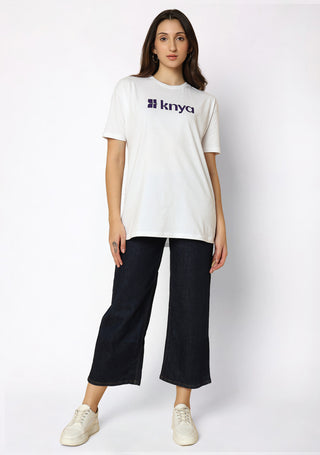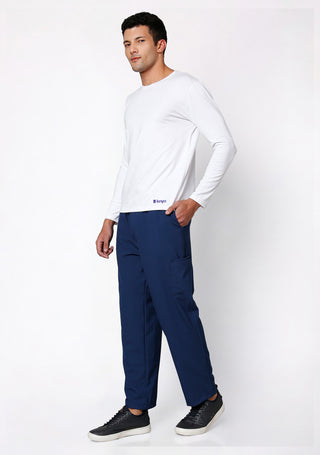Walk into any modern hospital, and you might notice something fascinating: it's not just white coats anymore. Nurses in calming blues, surgeons in deep greens, pediatric staff in cheerful pinks, and technicians in practical greys. This isn’t a coincidence, it's colour coordination, and it’s transforming how hospitals function and feel.
Click here to Explore All Women's Scrubs and discover our complete collection of comfortable and stylish medical apparel
The Psychology of Colour in Medical Settings
Colours don’t just decorate; they communicate. In healthcare, where emotions run high, colour psychology plays a powerful role in how patients and staff experience the environment.
-
Blue represents calm, trust, and stability making it a favorite for nurses and general practitioners.
-
Green signifies balance and renewal, which is why surgeons often wear it to reduce visual fatigue and enhance focus.
-
White embodies purity, cleanliness, and professionalism, making it perfect for lab coats and administrative roles.
-
Grey and Navy symbolize reliability and authority, often chosen for technicians or management teams.
-
Pastels like pink, lilac, and mint bring comfort and warmth — ideal for pediatric or maternity departments.
By assigning colours thoughtfully, hospitals can subtly enhance emotional comfort for both patients and caregivers.
Functional Benefits: Organization Meets Efficiency
Beyond aesthetics, colour coordination brings clarity to chaos. In a fast-paced environment like a hospital, where hundreds of staff members move through wards and corridors, visual cues matter.When each department or role wears a specific colour, identification becomes instant. Patients and visitors can easily tell who’s who no more confusion between a doctor, nurse, or technician. Staff, too, benefit from smoother communication and teamwork.
For example:
-
Emergency departments might use bright red or navy for visibility and urgency.
-
ICU staff might prefer soothing green tones to promote focus and calm.
-
Cleaning and support teams might wear grey or khaki for practicality and distinction.
This structure not only improves workflow but also reduces errors and miscommunication during high-pressure situations.
Explore our latest collection of scrubs made with stretchable, skin-friendly fabrics
Building Team Identity Through Uniform Colour
Colour isn’t just practical; it’s personal. When an entire team wears coordinated uniforms, it builds a sense of unity and belonging.Departments often take pride in their scrub colours it becomes a badge of identity. A cardiology team in navy scrubs or a neonatal unit in soft lavender builds instant recognition and team spirit. This subtle branding also improves accountability, professionalism, and overall morale.
Implementing Colour Coordination in Hospitals
Adopting a colour-coded system takes planning, but it’s well worth the effort. Here’s how hospital administrators can introduce it seamlessly:
-
Assess Department Needs: Identify which roles interact most with patients and require distinct colours.
-
Choose a Unified Palette: Select a cohesive set of shades that complement each other avoid clashing tones.
-
Prioritize Comfort and Quality: The best colours mean nothing if the fabric is itchy or non-breathable. Opt for premium scrubs with stretch, moisture-wicking, and antimicrobial properties.
-
Educate Staff: Communicate the meaning behind the colour choices. When staff understand the purpose, they take pride in wearing them.
-
Stay Consistent: Keep the colour code uniform across shifts and branches for easy recognition.
By blending functionality with design, hospitals can achieve both order and aesthetic appeal.
Final Thoughts
Colour-coordinated scrubs are more than just a style choice; they represent structure, safety, and spirit. From improving patient comfort to strengthening team identity, a little colour harmony can go a long way in redefining hospital culture.So, the next time you walk through a hallway lined with shades of green, blue, and lavender remember, it’s not just fashion. It’s efficiency, empathy, and excellence, woven together in fabric and colour.

